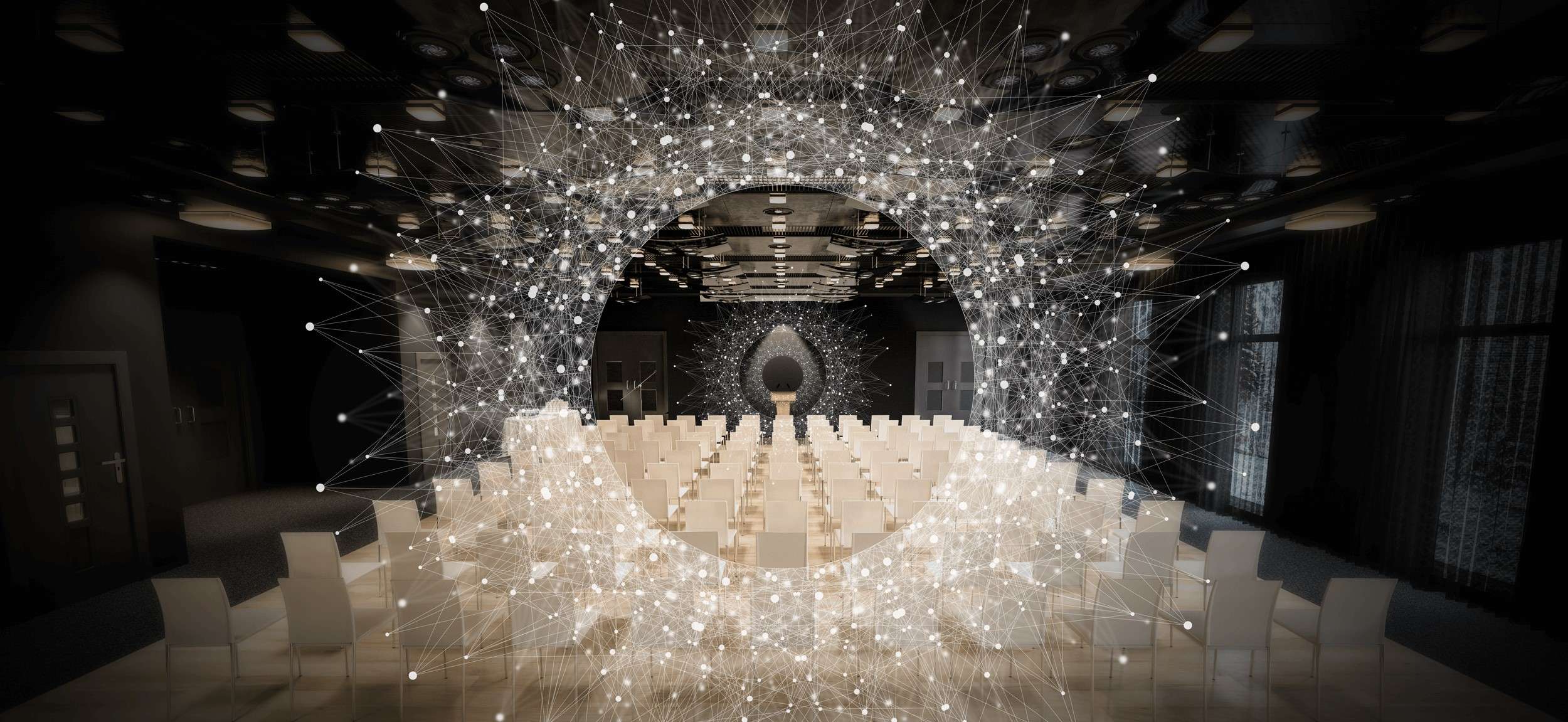BY ANETT GRANT 3 MINUTE READ
One of Steve Jobs’s most unique traits was his penchant for constant pacing. He frequently held walking meetings, and this habit often carried over to his public presentations as well.
Of course, frequent pacing won’t make you Steve Jobs any more than wearing a black turtleneck will.
You need to find your own style, and your own way to use movement strategically, if you want real power and real impact.
Here are the three ways movement can add power to your presentations.
1. USE MOVEMENT TO MAKE YOURSELF SEEM MORE POWERFUL
Movement can be a great way to show physical power. A few years ago, I worked with a client who had just been announced as the president of a major equipment company. She had an old-fashioned look, and her voice wasn’t exactly booming–but she was quite athletic and had a strong stride. If she had just stayed behind a podium, she would’ve came across as small, so I instructed her to move around, establishing a physical presence with her audience. She used movement as a tool to make her presentation far more impactful.
Stop suddenly, and you will immediately focus the audience’s attention and highlight what you say next.
You can also add power physically by using movement as contrast. If you move before reaching the critical point in your message, or the climax in your story, you create tremendous contrast potential. Stop suddenly, and you will immediately focus the audience’s attention and highlight what you say next. I once saw Sir Ian McKellen use this technique to perfection during an interview at a theatre event. After remaining seated for the near-entirety of the interview, he quickly rose from his seat, moved toward the audience and got into character, creating a contrast that was extremely powerful. But remember to always stop to deliver your key points–you never want to say anything too substantial while you’re on the move.
2. EXPRESS YOUR EMOTIONS AND IMPACT THE AUDIENCE’S EMOTIONS
One of the reasons movement is so important is because our bodies manifest emotion to a far greater degree than you may have realized. In her recent book How The Body Knows Its Mind, University of Chicago cognitive scientist Sian Beilock recounts numerous ways the body is intimately connected with our mind and our emotions. She discusses one study in particular that examined the faces and bodies of professional tennis players at moments of intense emotion, asking subjects whether the players had just won or lost a point. Surprisingly, the study found that the players’ bodies were far more telling than their facial expressions. If you ignore your body when you speak, you are ignoring a very important avenue of emotional expression.
Movement can also have an impact on your audience’s emotions. By moving through your audience, you can break through barriers, set up the excitement of anticipation, and contribute a quality of freshness and spontaneity to the situation. If the audience feels more involved with your presentation, they will have more positive emotions about you as a speaker. Conversely, if you remain motionless behind a podium, you could leave your audience feeling cold.
3. MOVE STRATEGICALLY
Finally, movement is sometimes a practical necessity, such as when your audience is set up in such a way that there are lines-of-sight problems. If you move around from time to time, you give everyone in your audience the opportunity to see you–there’s nothing more frustrating than being in a seat with an obstructed view of the presenter.
Another practical consideration is that you never want to move backward. This might sound obvious, but some people feel that they shouldn’t turn their backs to the audience, and attempt to move backwards as they continue to speak. Don’t put yourself in such a precarious position–just turn around, move to where you want to go, and face your audience.
If I had to sum up how to use movement in two words, I would say: “Be strategic.” As I mentioned in the beginning, moving without a plan will not add any impact to your presentation. In fact, it may even detract from what you are saying–if you move randomly throughout your presentation, you are shifting focus from your message to yourself.
So the next time you give a presentation, be mindful of the way you move. Don’t mindlessly pace all over the place: that’s too distracting. Don’t just stand still like a statue: that’s too boring. By being mindful of your movements–why, when, and how you make them–you can add tremendous impact to your communication.


